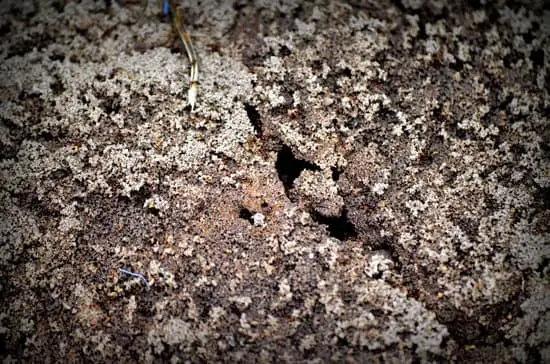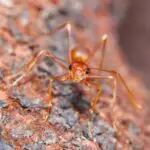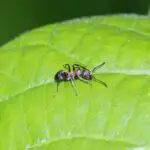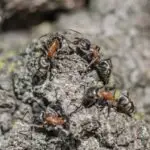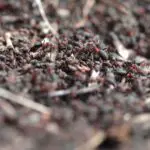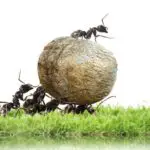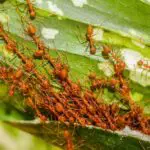How Ants Climb Walls
Unlike most insects, ants can climb walls. They are equipped with special claws, sticky pads, and hairs that allow them to climb almost any surface. However, there are some surfaces that ants cannot climb. Some surfaces are too smooth or too slippery for ants.
Among the surfaces that ants cannot climb are polished glass, Teflon, and aluminum. Some types of metals are too slippery for ants to grip, while others are too hot or cold.
Ants can climb walls by using a combination of suction pads, claws, and sticky “pretarsal adhesive pads” on their feet. Their sticky pads allow ants to grip glass, which helps them to climb walls.
While climbing a wall, ants use their legs and claws to create friction and exert force on the wall to keep from falling off. This helps ants stay upright and keeps them from dying.
In addition to their claws, ants have hairs on their body to help them keep from slipping. They have thousands of hairs on their feet. These hairs are also used to generate friction. When ants are pushed, these hairs will buckle. This provides a high friction force in the direction they are pulling.
As ants climb walls, their feet become sticky and filled with liquid. This liquid acts as a suction cap to keep ants from falling off the wall. If the surface is too smooth, they may slip and fall.
The sticky pads on ants’ feet are also called arolia. These sticky pads stick to surfaces by the same principle as suction vacuums.
